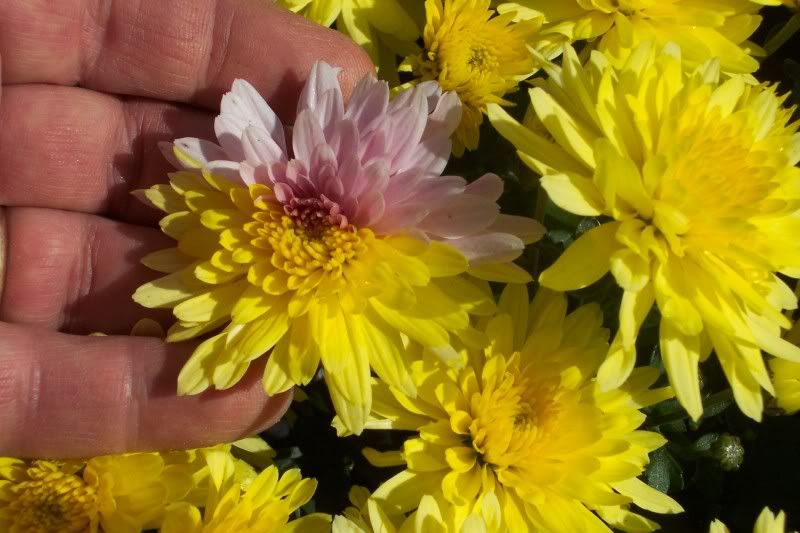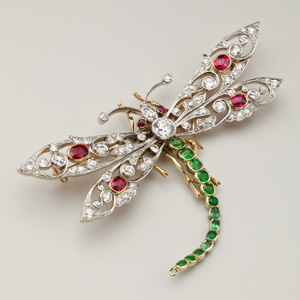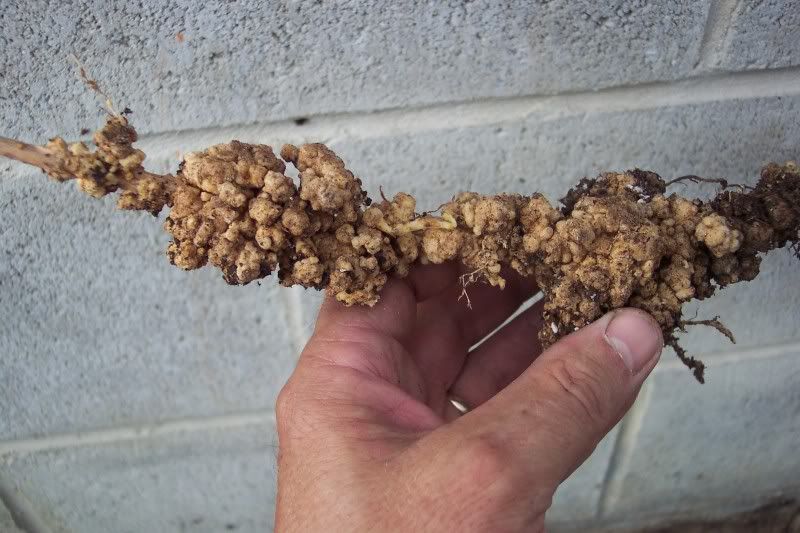Here we are, it’s the last day of November and I just got our garlic in the ground a few days ago.
Regular readers of this blog already know that fall is the time of year that you plant garlic. Garlic can be planted in the spring, however you will end up with bulbs half the size of those planted in the fall.
I think there is still some time to get your garlic planted, I wouldn’t wait too much longer though.
If you have a helper in the garden, decide who is going to go out and find some garlic cloves to plant while the other stays behind and prepares the area to be planted. If you are by yourself,well then, you’ll have to do both.
Check the garden centers for garlic cloves, if they are out, a farmer’s market stand may have some that can be used for planting. The garlic purchased in a grocery store produce department will most likely have been treated with a sprout inhibitor and will not be good for planting. Sprouting is what we want. I used my garlic that I saved from this years crop.
Your garlic spot must be free of all weeds and kept that way during the growing season because garlic does not compete well against weeds. If you are planning on amending your soil with compost or peat, now’s the time to do so.
Break apart the garlic bulbs into individual cloves just as you do in the kitchen, only this time you won’t be running them through the garlic press.
Plant the cloves into the soil about 2 inches deep and about 6 inches apart. Place the root end down. You can just push them down into the soil with your finger or dig a furrow like I did here.

Planting garlic into a 2'' deep furrow
Cover them up with soil and let them go until the soil freezes. During this period, the cloves will grow roots. Hopefully we will have a mild December which will allow our late planted garlic some time to develop those roots. No fertilizer is needed for now, we’ll apply that in the spring.

Garlic cloves ready to be covered
Once the ground freezes, cover the bed with straw, compost or other type of mulch. It’s much better for the garlic if the soil is kept at a consistently cold temperature (which the mulch will provide) than to be freezing and thawing over and over through the winter.
In the spring we will remove our mulch and add fertilizer, garlic is a crop that needs a lot of plant food.
We’ll revisit this project again at mulching time and fertilizing time.
Bob






